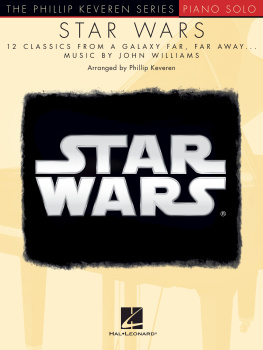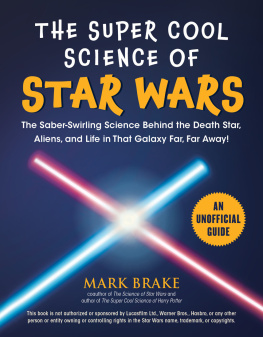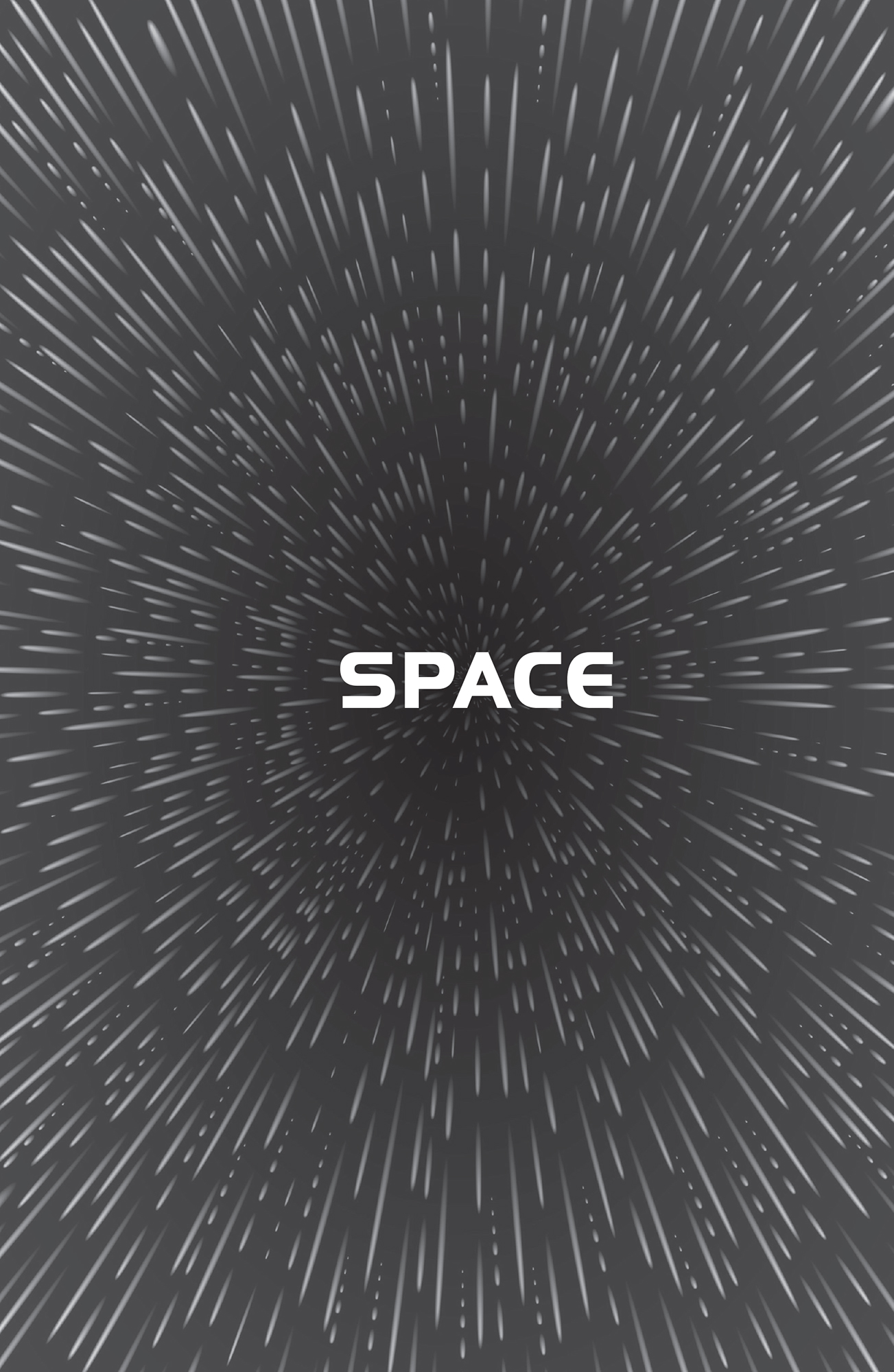CONTENTS
Thank you for downloading this Simon & Schuster ebook.
Get a FREE ebook when you join our mailing list. Plus, get updates on new releases, deals, recommended reads, and more from Simon & Schuster. Click below to sign up and see terms and conditions.
CLICK HERE TO SIGN UP
Already a subscriber? Provide your email again so we can register this ebook and send you more of what you like to read. You will continue to receive exclusive offers in your inbox.
We hope you enjoyed reading this Simon & Schuster ebook.
Get a FREE ebook when you join our mailing list. Plus, get updates on new releases, deals, recommended reads, and more from Simon & Schuster. Click below to sign up and see terms and conditions.
CLICK HERE TO SIGN UP
Already a subscriber? Provide your email again so we can register this ebook and send you more of what you like to read. You will continue to receive exclusive offers in your inbox.
ACKNOWLEDGMENTS
This book would not have been possible without the support system surrounding me. Primary thanks need to be given to my partner, Susan Tyler, for her extensive advising on matters of both grammar and Star Wars. She is a beautiful genius, and I cannot thank her enough for the effort she has put into this book. Additional thanks need to be given to my friends and family who provided insightful conversations about all matters in this book. They helped check my math, my writing, and my sanity.
INTRODUCTION
Thank you for picking up The Physics of Star Wars ! This book uses the fantastic world of Star Wars to explore physics in a new way. If you are already a Star Wars fan, you know that the stories take place in a galaxy far, far away, so the laws of physics should still apply. On the other hand, these are obviously works of fiction; is there any point in applying those laws? This book makes the case that it is both fun and worthwhile to do so. Sometimes the physics shown in the movies is spot on while on other occasions it would require advanced technology or new discoveries in the realm of physics to make sense. Either way, science is about the critical thinking process needed to tackle a problem rather than the specific situation in which the problem appears. Theres no reason we cant consider Yoda force-lifting rocks instead of pulleys lifting blocks!
To that end, this book contains a series of categorized topics. Each topic is given a brief introduction and backstory followed by analysis of the physics in the Star Wars universe as well as where current technology or scientific understanding puts us relative to it. These topics draw only on what is seen in the movies; there would just be too much to talk about otherwise.
Still, the films dont always provide all the answers needed to explain a physics topic. What exactly is a lightsaber? Is it a plasma or a beam of light? Depending on the source you consult outside of the movies, it could be either. In this book, what is depicted in the movies is taken as definitely true, but other canon sources are considered when needed. If there is not a clear conclusion that can be drawn from what is shown in the film, several possible theories are discussed.
Obviously, the movies do not provide technical specifications for all the ships and planets. When those numbers were needed, relative measurements from freeze-frames or timed length of scenes were used. For the sake of clarity, not all calculations are shown in full detail. If you want to reproduce them on your own, you can do that with the help of an introductory physics book. The beauty of science is that no matter who or where you are, you should be able to reproduce the results of another persons work.
I hope this book makes both Star Wars and physics more exciting for you!
ANATOMY OF THE GALAXY
WHEN All films
WHERE The galaxy
CHARACTERS All
PHYSICS CONCEPTS Gravity, dark matter, circular motion
SHORT INTRODUCTION/BACKGROUND
Our universe is bigreally big. We live on planet Earth, inside of one solar system located on one arm of the Milky Way galaxy. The Milky Way is one of many galaxies in what is called a galactic supercluster, of which there are many (and thats just in the observable universe!). Here are some numbers to give you a sense of how big all of this is. Our solar system is 0.00096 light-years across; the Milky Way is about 100,000 light-years across; its local supercluster is about 500,000,000 light-years across. There are estimated to be about ten million superclusters in the observable universe. How did these all form? How do galaxies get their shapes?
BACKSTORY
Star Wars is primarily set in a region of space referred to as the galaxy. Images of this region show it as a spiral galaxy (much like the Milky Way) divided into regions like the core, inner rim, outer rim, etc. The galactic core is home to the governing center of Coruscant, whereas the outer rim has planets such as Tatooine, run by gangsters and outlaws. Characters frequently refer to various systems or star systems (rather than solar systems) in the galaxy, then use a planet name when identifying a specific system (e.g., the Hoth system). This would be like calling our solar system the Earth system rather than the Sun system. This makes sense if most travel is to/from one planet within a system, but it might make the galaxy seem smaller than it really is. Does the number of planets/systems identified in Star Wars make sense for one galaxy? Is the layout of these systems realistic?
THE PHYSICS OF STAR WARS
In The Force Awakens , R2-D2 projects a map of the entire Star Wars galaxy, a spiral galaxy with two arms. In general spiral galaxies consist of a dense cluster of stars around a central point (most often a supermassive black hole), plus a number of less dense regions extending outward like arms. R2s map is consistent with that description, but we dont know for certain just how densely packed some of the systems are in the core versus the outer rim.
Since we dont know the literal distances involved, lets analyze this from the perspective of governments and power. The influence of the Galactic Empire is felt differently across the galaxy. Galaxies are often hundreds of thousands of light-years across, which means there are great distances separating the various star systems. This would explain how Yoda lived undiscovered on Dagobah or how the rebels hid on a moon of Yavin. This also explains how a faction of the Empire could secretly create a massive weapon capable of destroying planets.
DIFFERENT ORBITAL RATES
Star systems close to the core of the galaxy would orbit the supermassive black hole rather quickly. Since outer stars orbit at different rates than inner stars (much like planets in our solar system rotate at different speeds), a planet in a core star system could be on the same side or opposite side of the galaxy as a planet in an outer star system at various points. So, depending on what year it is, the distance between Naboo and Coruscant could vary by around 50 percent, given their relative distances from the galactic center. Further, core worlds would experience mild time dilation from being close to the supermassive black hole. In a 100-year life span, someone living on Coruscant could expect to age about a few hours less than an outer-rim counterpart.


















